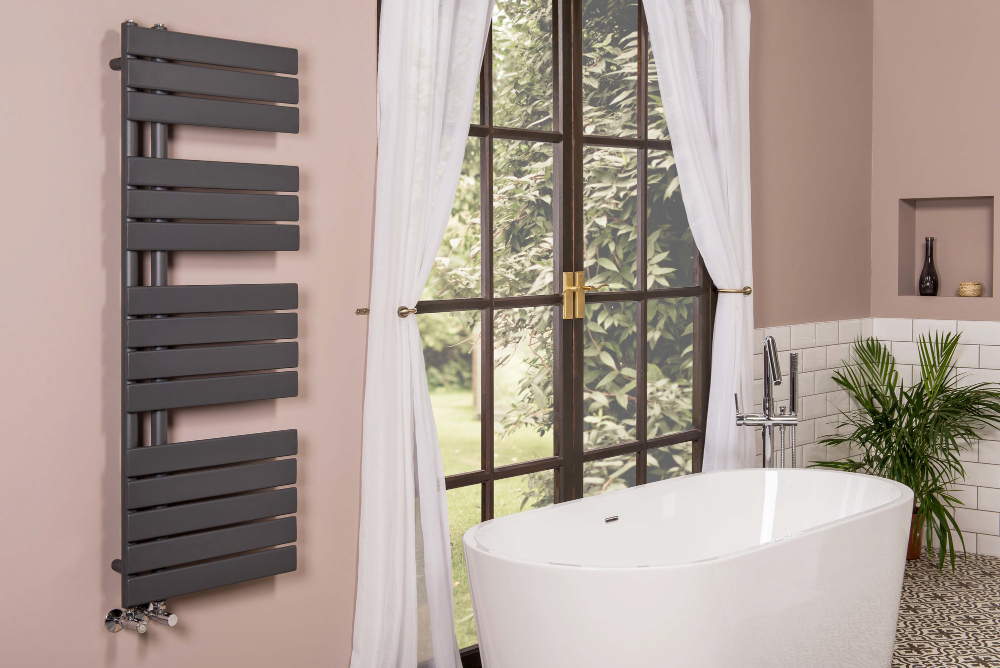When designing and constructing bathrooms in residential or commercial buildings, lighting, and ventilation are two often underestimated yet vital aspects. These elements significantly create a comfortable and functional space while addressing health and safety concerns. Properly planned bathroom lighting enhances the aesthetics and functionality of the area, while efficient ventilation helps to maintain air quality and prevent issues like mold and excess humidity. This blog delves into the importance of bathroom lighting and ventilation in civil constructions, exploring critical considerations for ensuring a well-lit and well-ventilated bathroom.
The Importance of Adequate Lighting
Lighting is a fundamental element that can transform the ambiance and functionality of any room, and bathrooms are no exception. In a bathroom, good lighting is essential for several reasons:
1. Visibility and Safety
Adequate lighting in a bathroom is crucial for visibility and safety, especially during nighttime or early morning use. Properly illuminated spaces help prevent accidents, ensuring individuals can safely navigate the area.
2. Task Lighting
Task lighting is necessary for shaving, applying makeup, or reading a book while soaking in the tub. Well-placed task lighting fixtures, such as wall sconces or vanity lights, provide focused illumination for these specific tasks.
3. Enhanced Aesthetics
Strategically designed lighting can enhance the aesthetics of a bathroom, highlighting its features and creating a pleasant ambiance. Well-chosen lighting fixtures can add a touch of elegance and style to the space.
4. Mood and Atmosphere
Different lighting options, like dimmers or soft LED lights, allow for control over the mood and atmosphere of the bathroom. This versatility is beneficial for creating a relaxing spa-like environment or a bright and refreshing setting.
Critical Considerations for Bathroom Lighting
When planning the lighting for a bathroom in civil construction, it's essential to consider the following aspects:
1. Natural Light Integration
Where possible, leverage natural light sources such as windows or skylights. Natural light reduces energy consumption and provides a refreshing and invigorating ambiance. Ensure privacy while maximizing natural light by using frosted glass or window coverings.
2. Layered Lighting
Implement a layered approach that includes ambient, task, and accent lighting. Combining these types of lighting provides a well-balanced illumination scheme that caters to various needs and enhances the bathroom's overall appeal.
3. Proper Fixture Placement
Strategically place fixtures to eliminate shadows and evenly illuminate the bathroom. Overhead fixtures, like flush mounts or chandeliers, should be central and bright, while sconces or pendant lights near the mirror offer optimal task lighting.
4. Lighting Fixtures Selection
Choose lighting fixtures that complement the overall design and style of the bathroom. From sleek modern fixtures to classic designs, the options are vast. Opt for materials and finishes that resist moisture and are easy to clean.
The Significance of Efficient Ventilation
Proper ventilation is equally critical for a functional and healthy bathroom environment. Here's why adequate ventilation is a must-have:
1. Moisture and Odor Control
Bathrooms are prone to excess moisture and unpleasant odors. A sound ventilation system helps control humidity levels and eliminates odors, ensuring a more comfortable and hygienic space.
2. Preventing Mold and Mildew
Excess moisture can lead to the growth of mold and mildew, which not only damages the bathroom but also poses health risks. A well-ventilated bathroom inhibits the development of these harmful substances, contributing to a healthier living environment.
3. Improving Air Quality
Ventilation helps circulate fresh air, reducing the concentration of indoor air pollutants. This is particularly important in a bathroom, where cleaning agents and personal care products can release volatile organic compounds (VOCs).
4. Extended Fixture Longevity
Efficient ventilation prolongs bathroom fixtures' life by reducing exposure to excess moisture, which can cause corrosion or other damage.
Critical Considerations for Bathroom Ventilation
To ensure adequate bathroom ventilation, consider the following:
1. Appropriate Fan Size and Power
Select an exhaust fan that matches the size of your bathroom and has sufficient power to remove air and moisture effectively. Properly sized fans are essential for optimal performance.
2. Location and Placement
Place the exhaust fan near the shower or bathtub to quickly remove steam and moisture. Additionally, ensure the fan vents to the outside of the building and not into an attic or enclosed space.
3. Regular Maintenance
Regularly clean and maintain the exhaust fan to ensure its efficiency and longevity. A well-maintained fan will continue to perform effectively in keeping the bathroom well-ventilated.
In civil construction, bathroom lighting and ventilation often take a back seat compared to more prominent features. However, their importance in creating a comfortable, safe, and aesthetically pleasing bathroom cannot be overstated. Adequate lighting enhances visibility, adds to the aesthetics, and allows for various moods and tasks. Efficient ventilation, on the other hand, controls moisture, improves air quality, and contributes to the longevity of bathroom fixtures. Therefore, a thoughtful approach to bathroom lighting and ventilation is essential for a well-rounded and functional bathroom design in any civil construction project.

